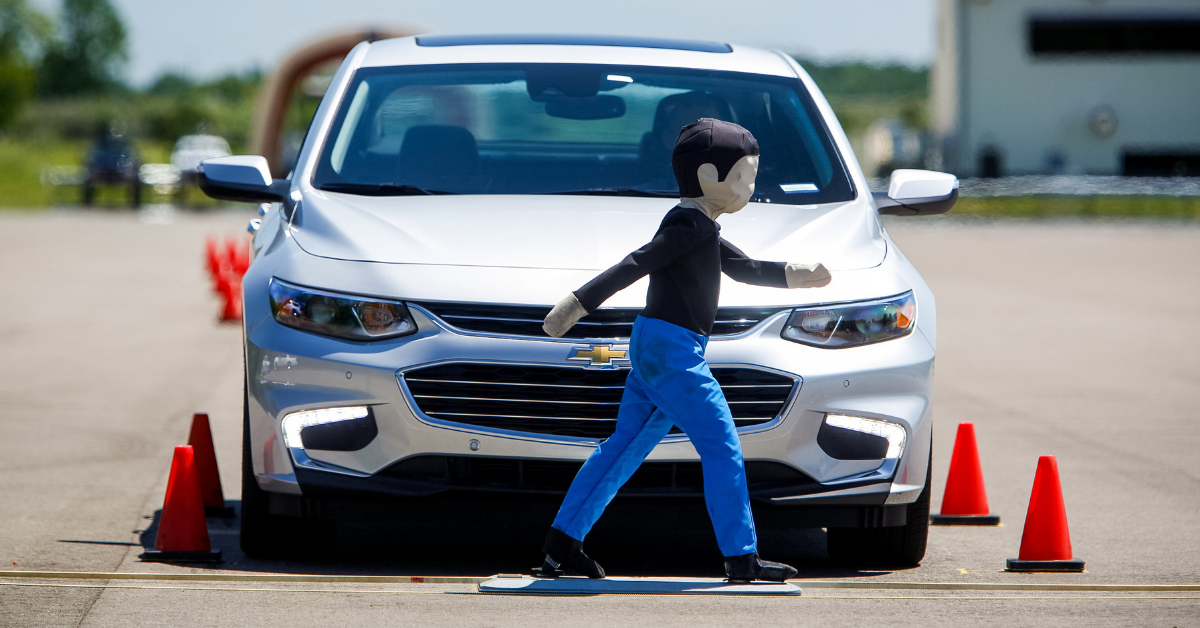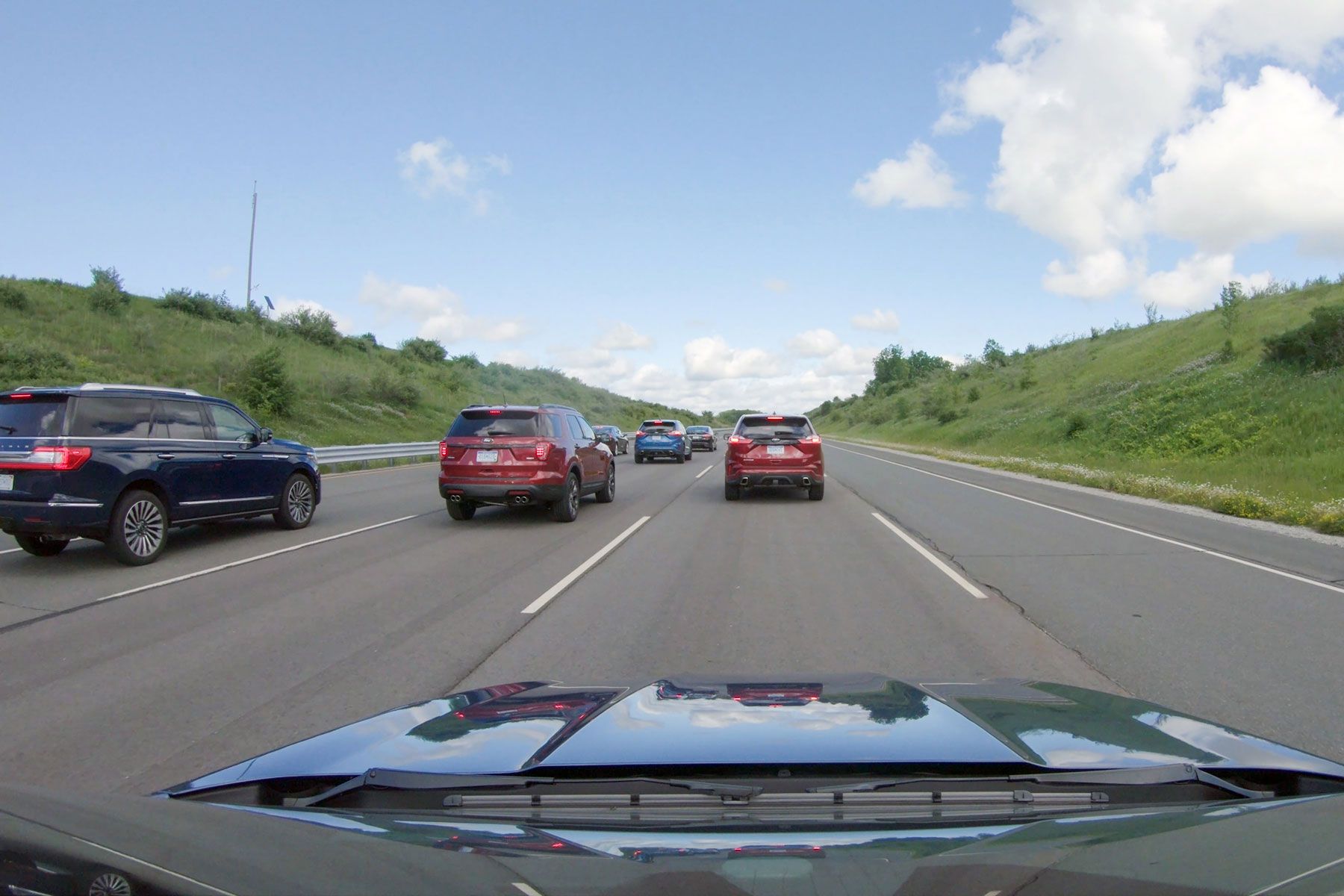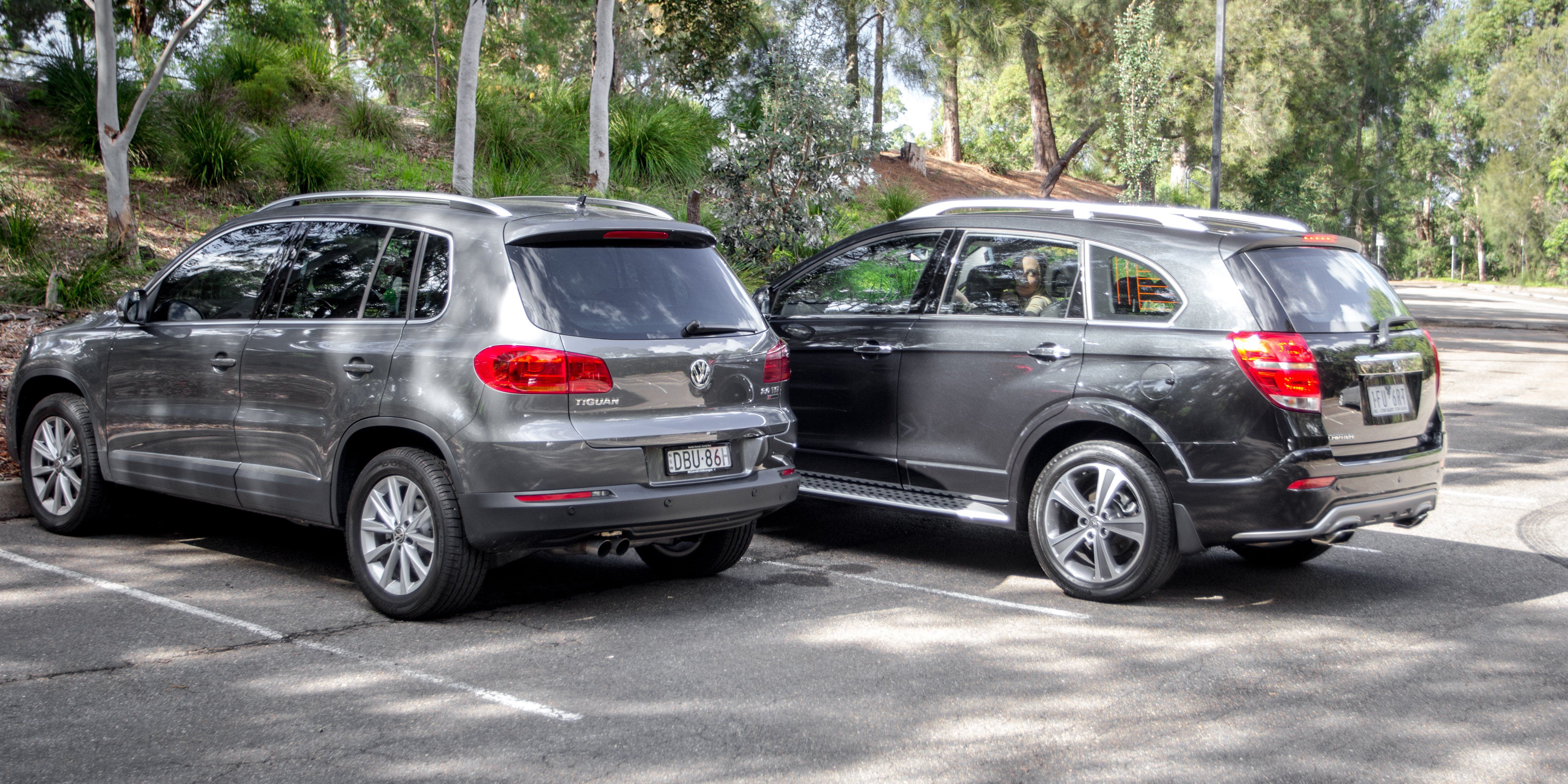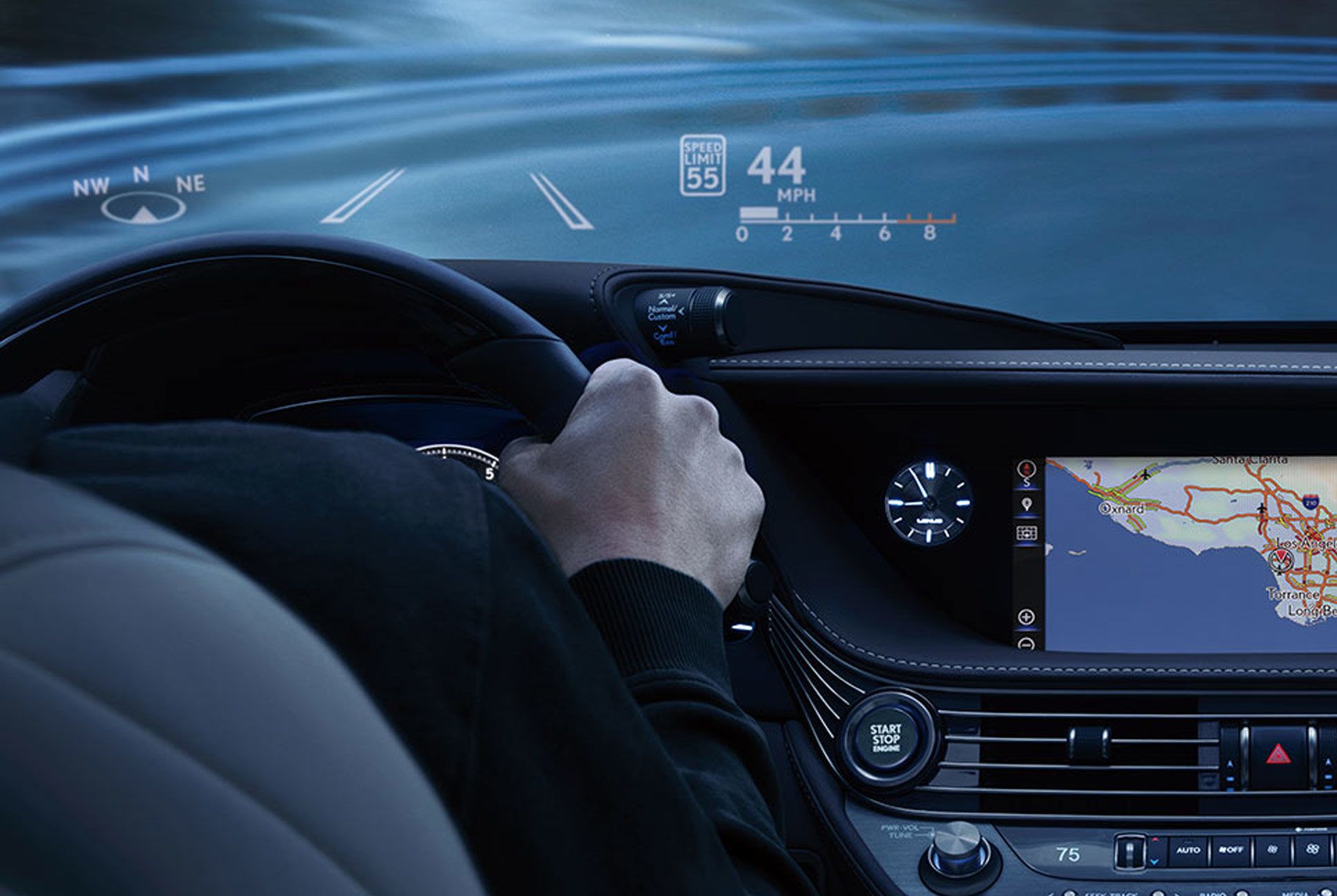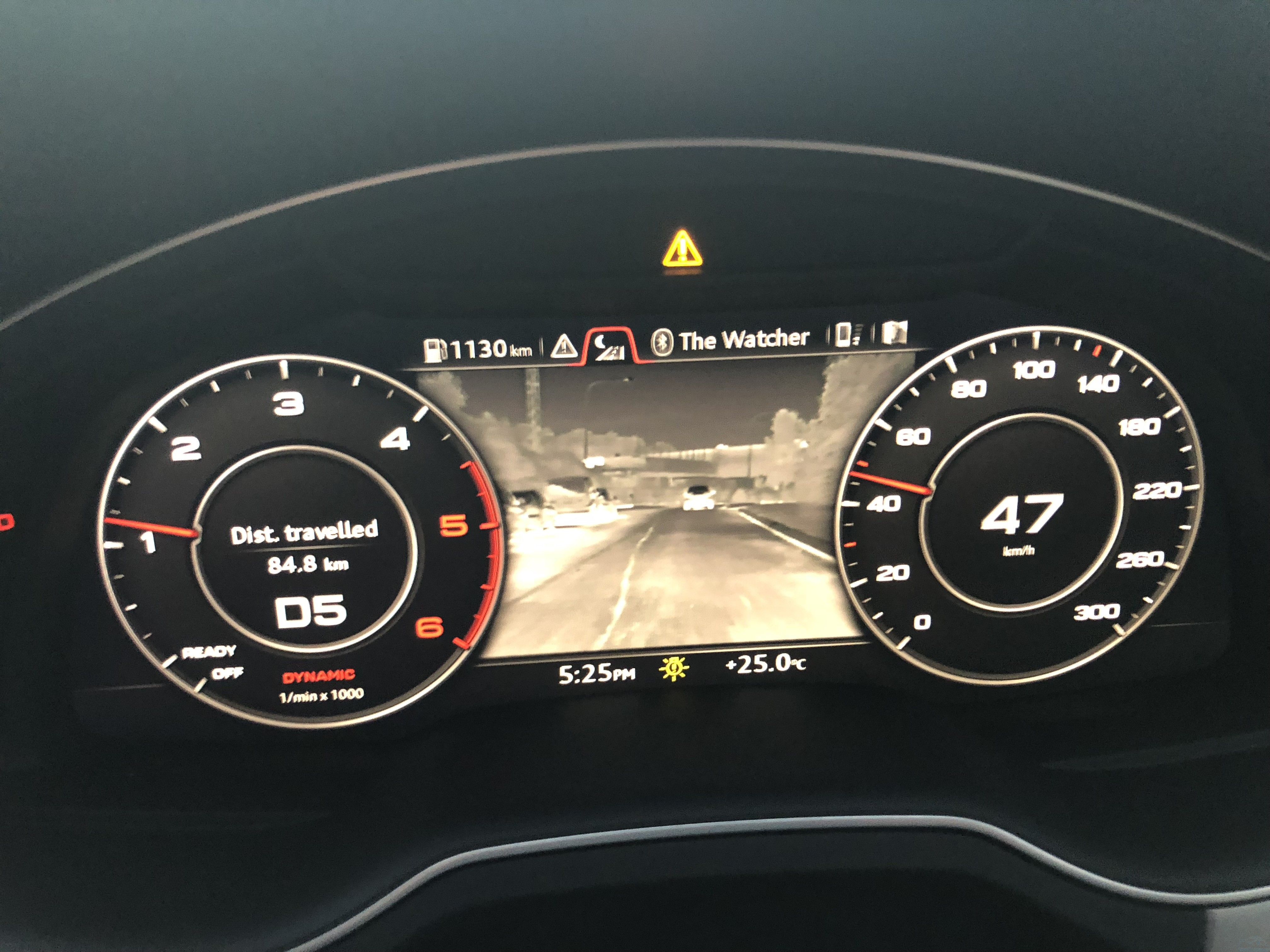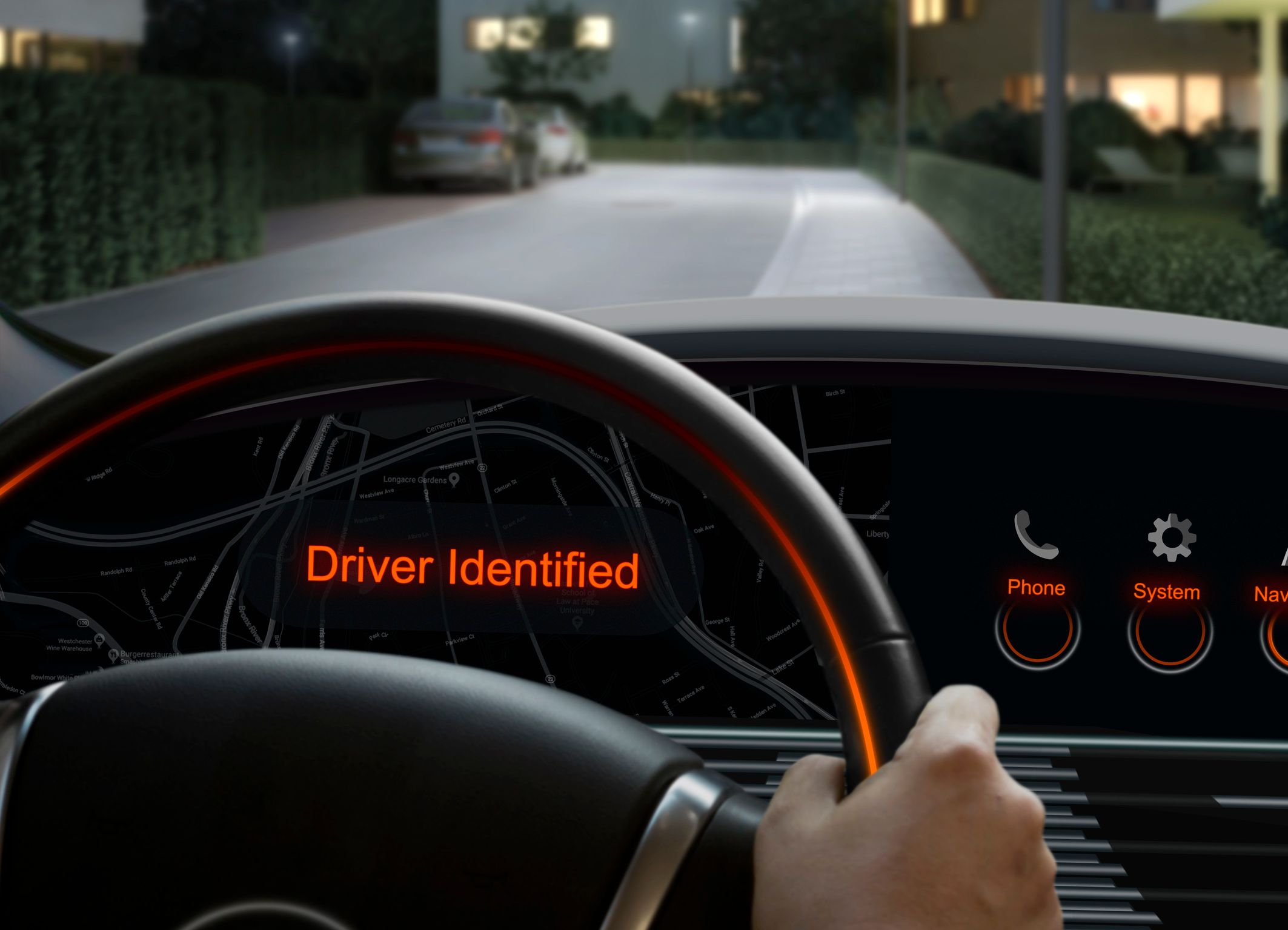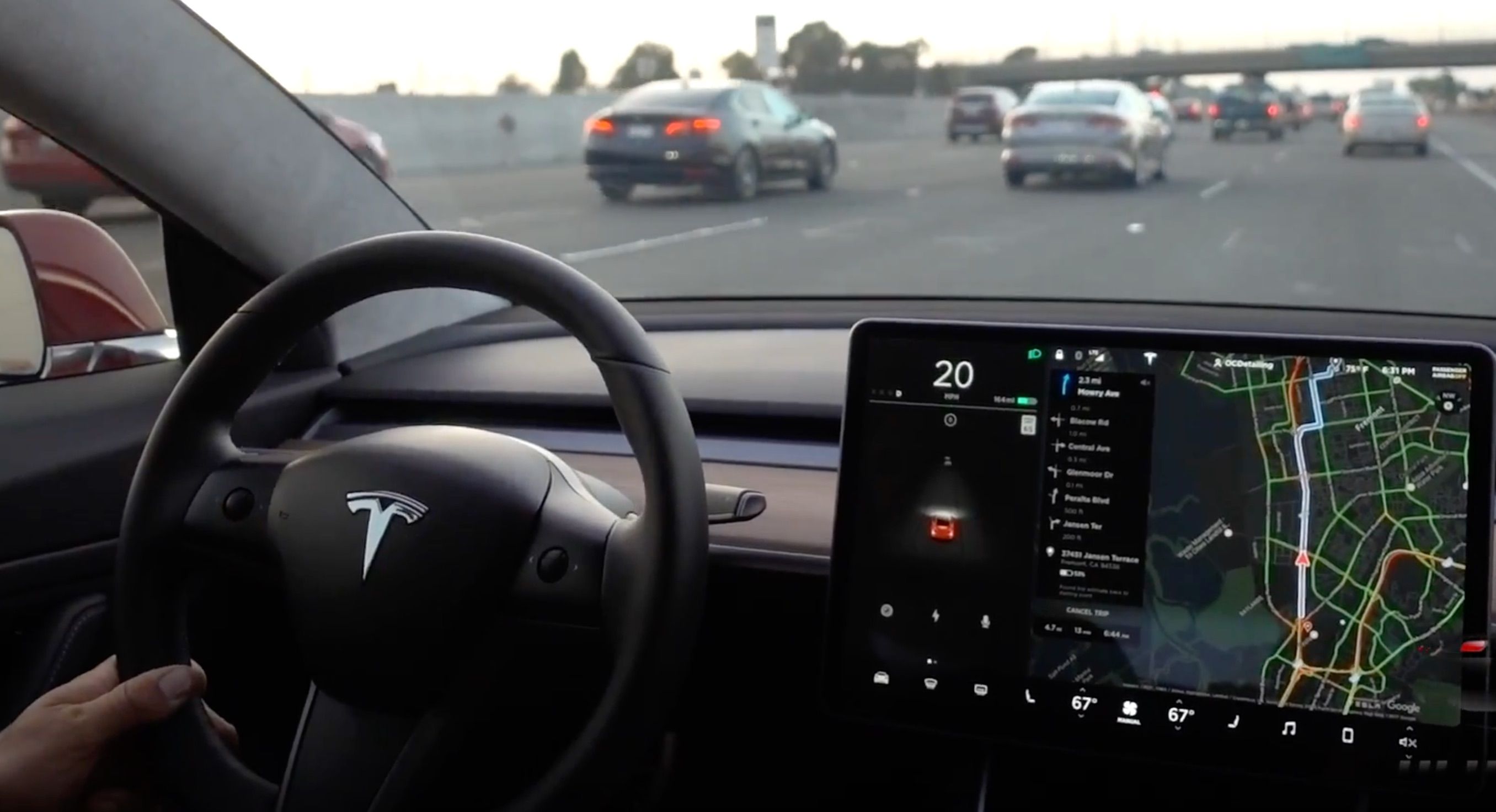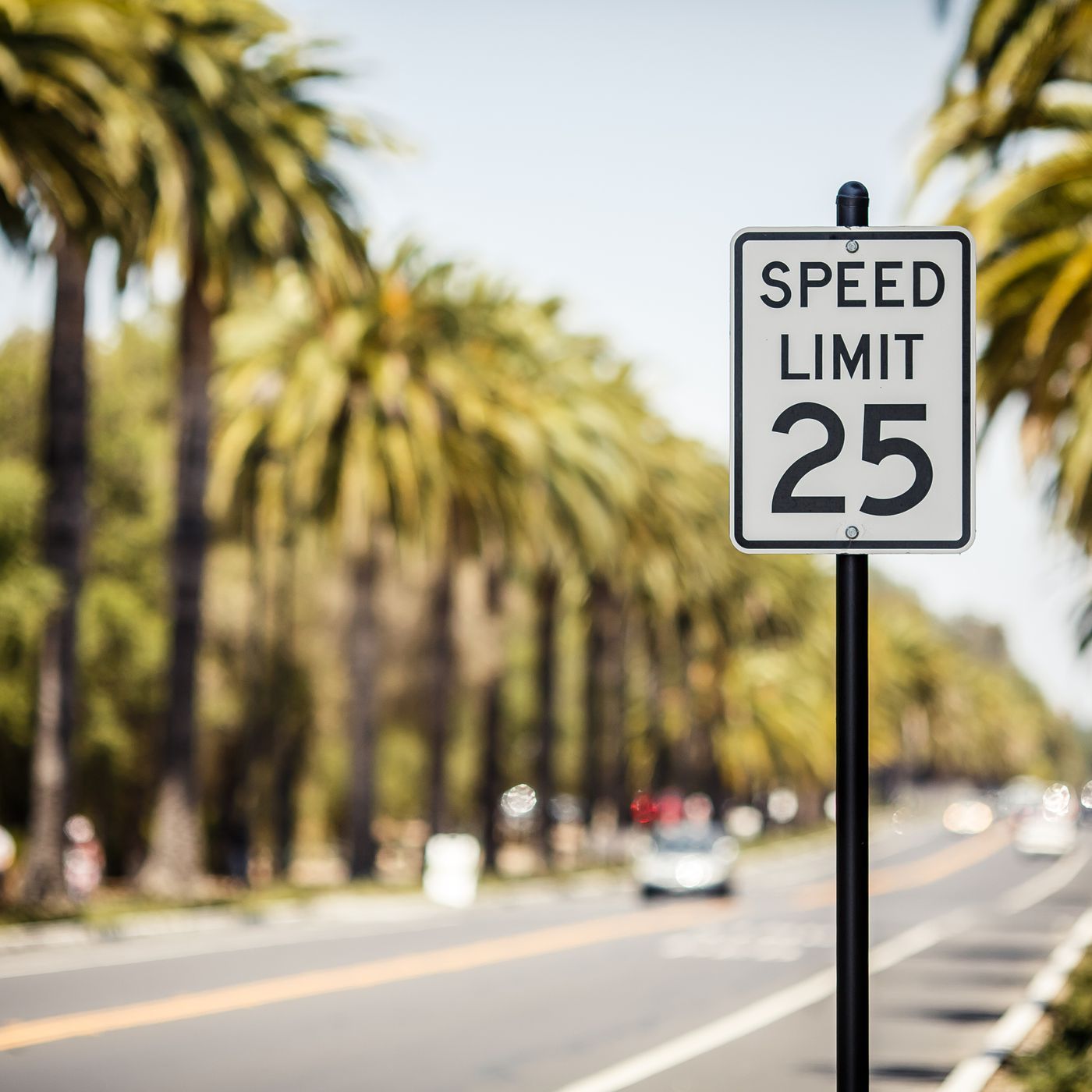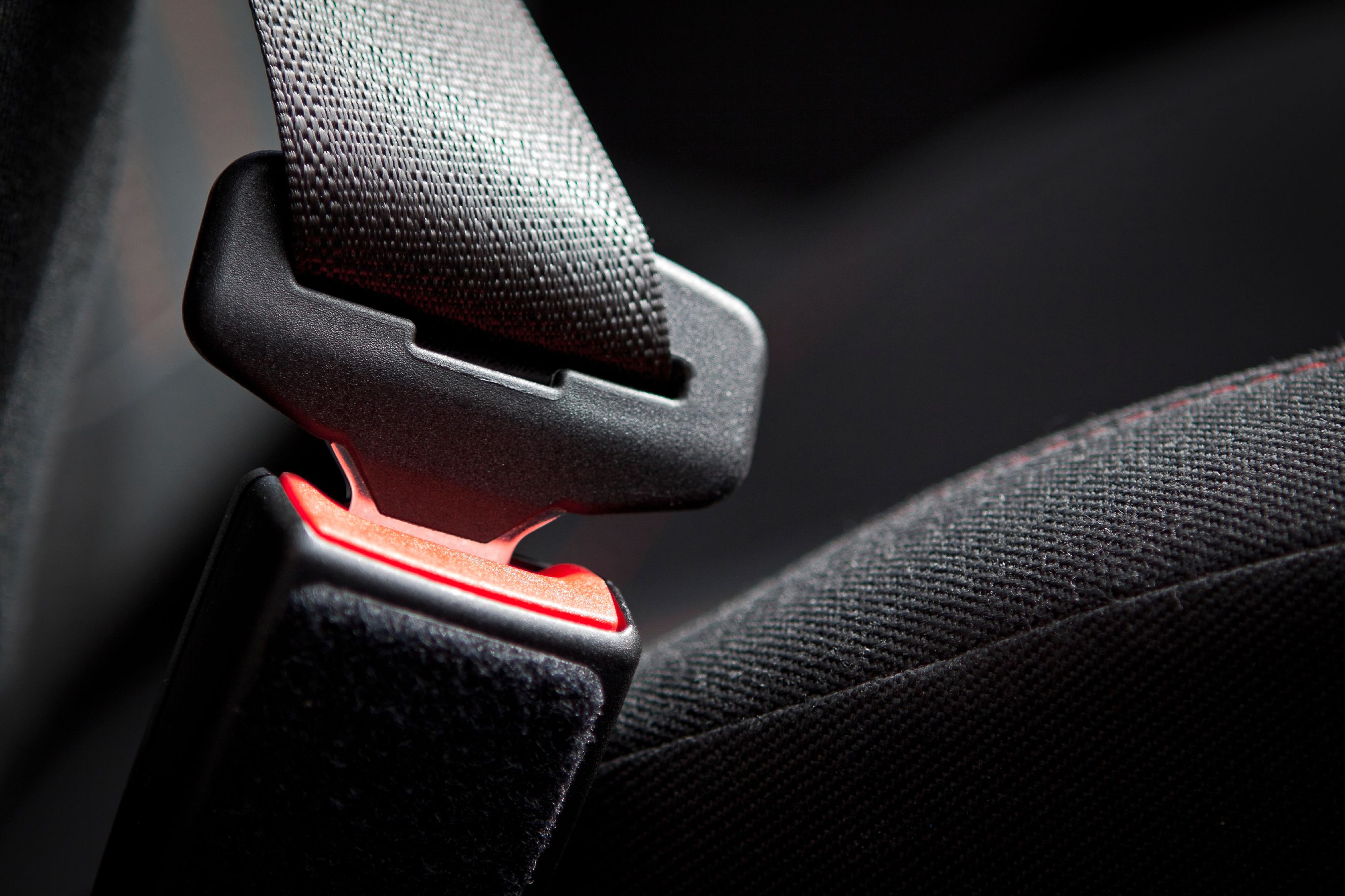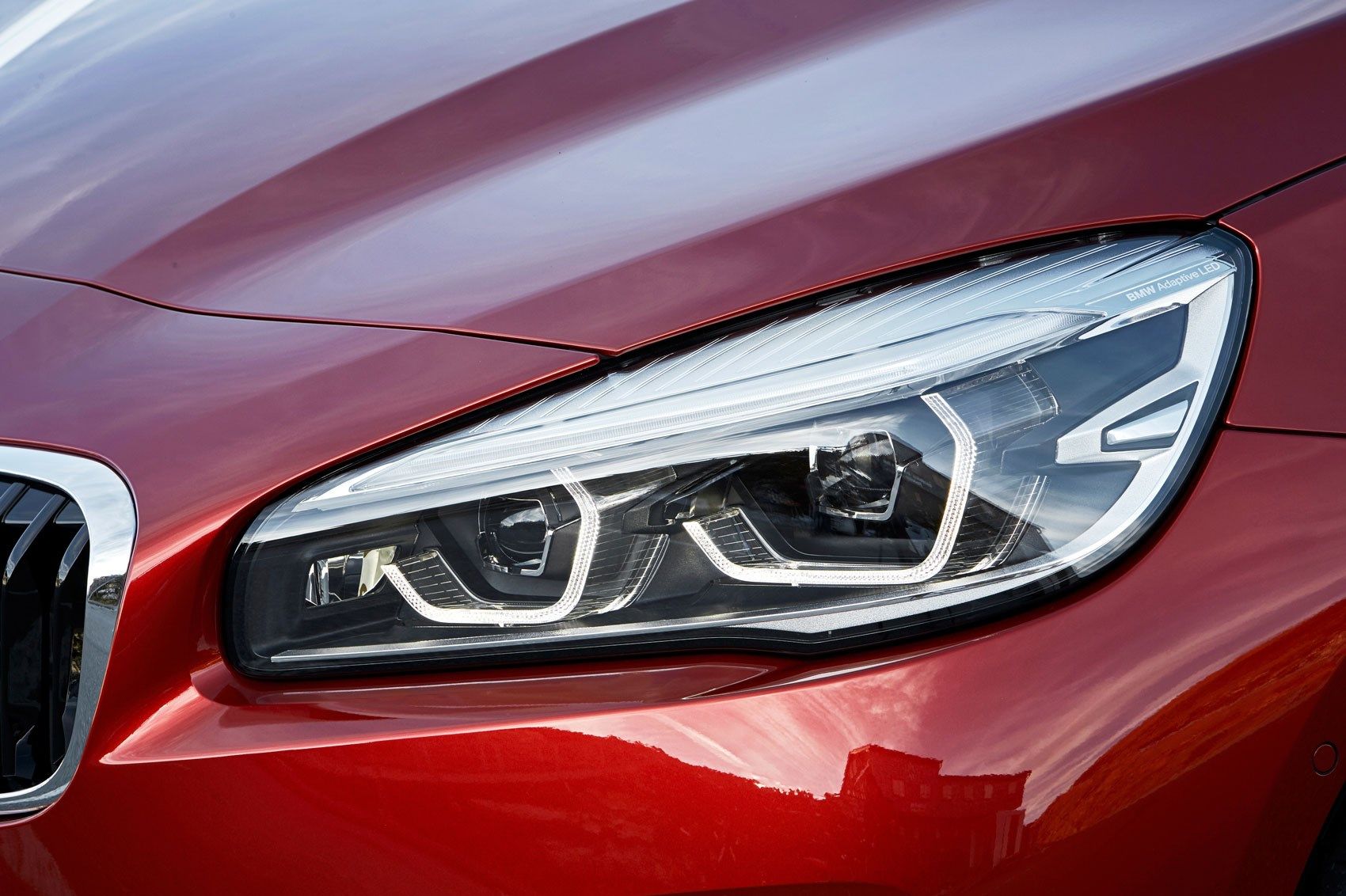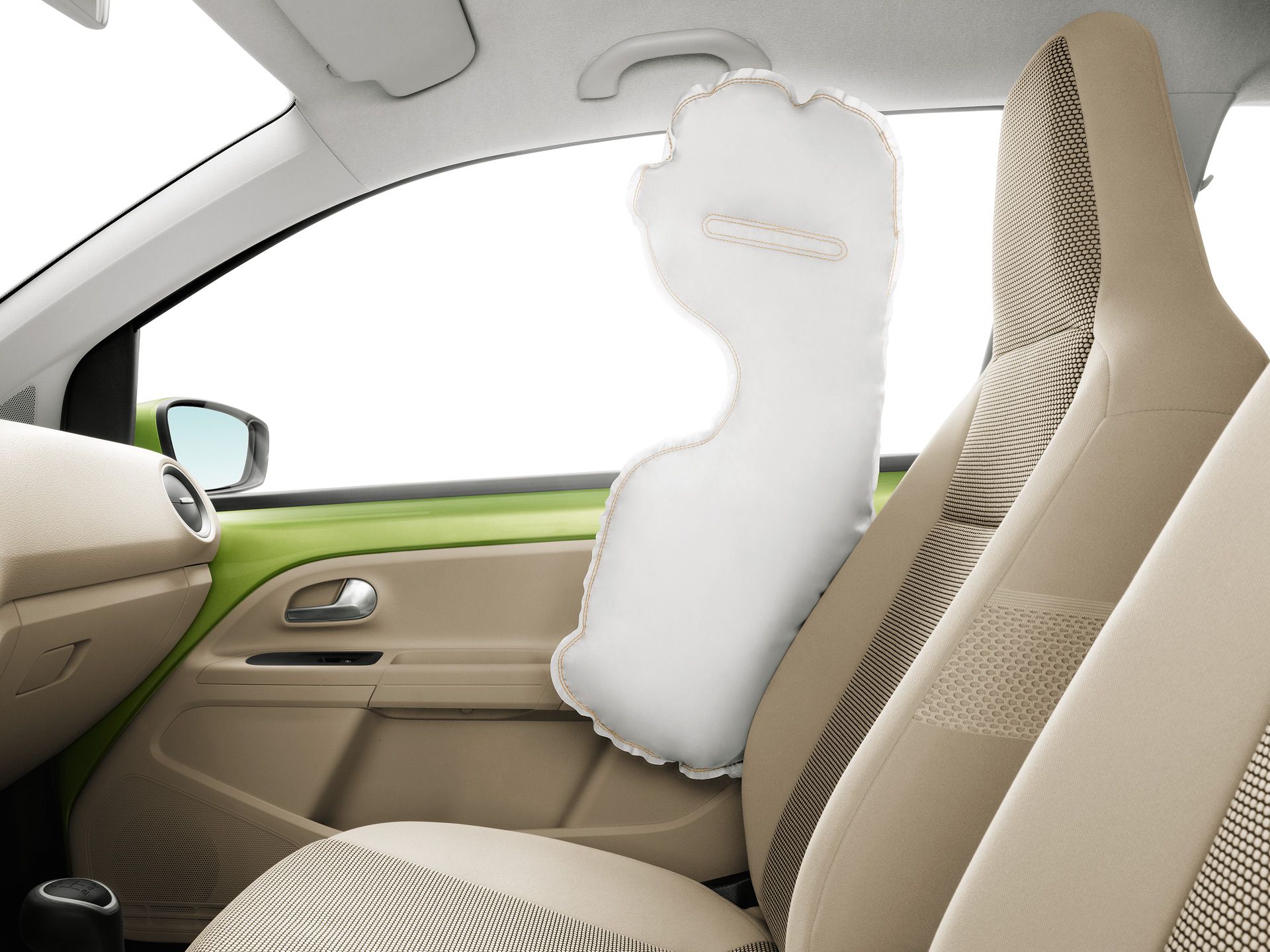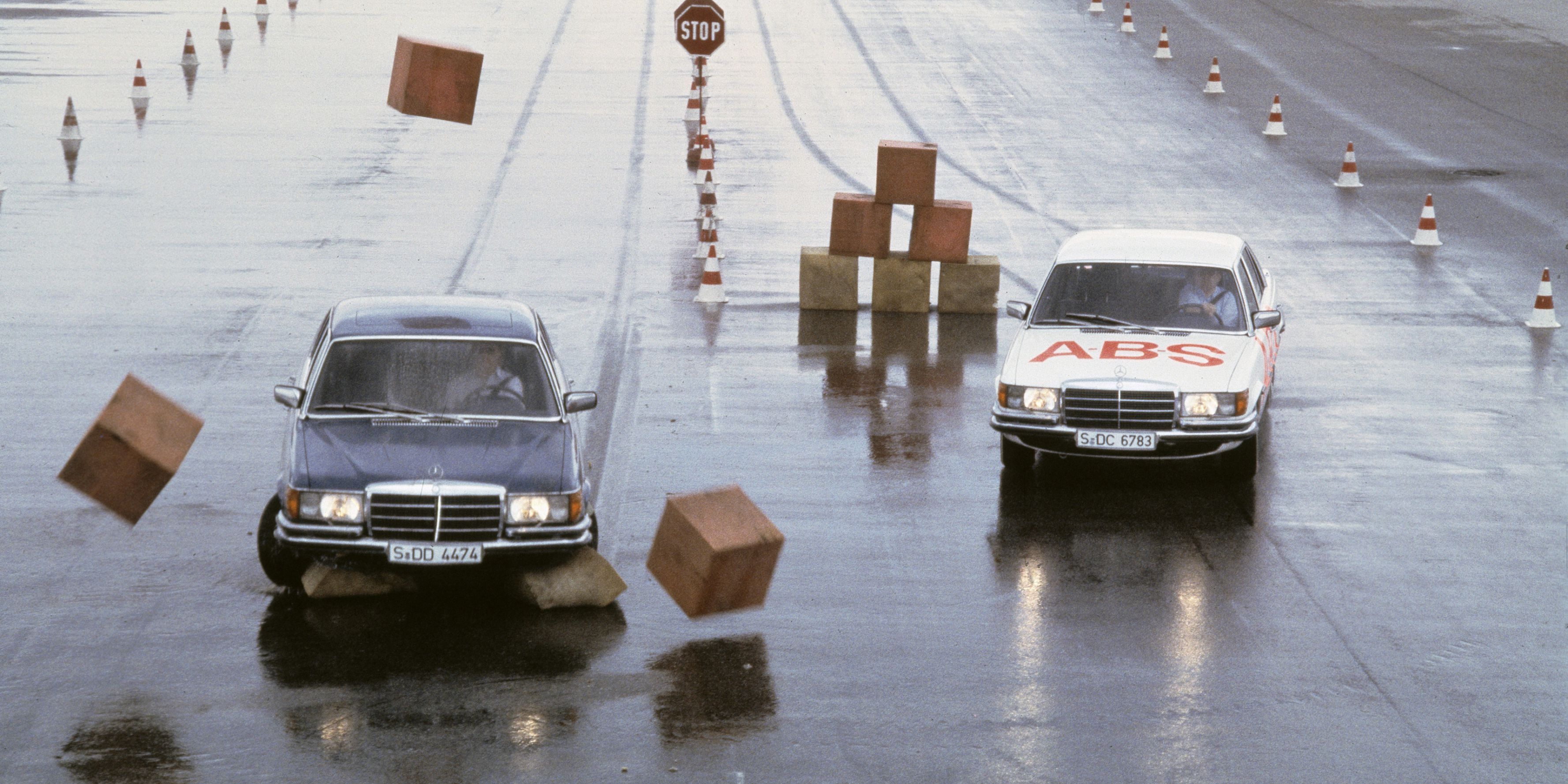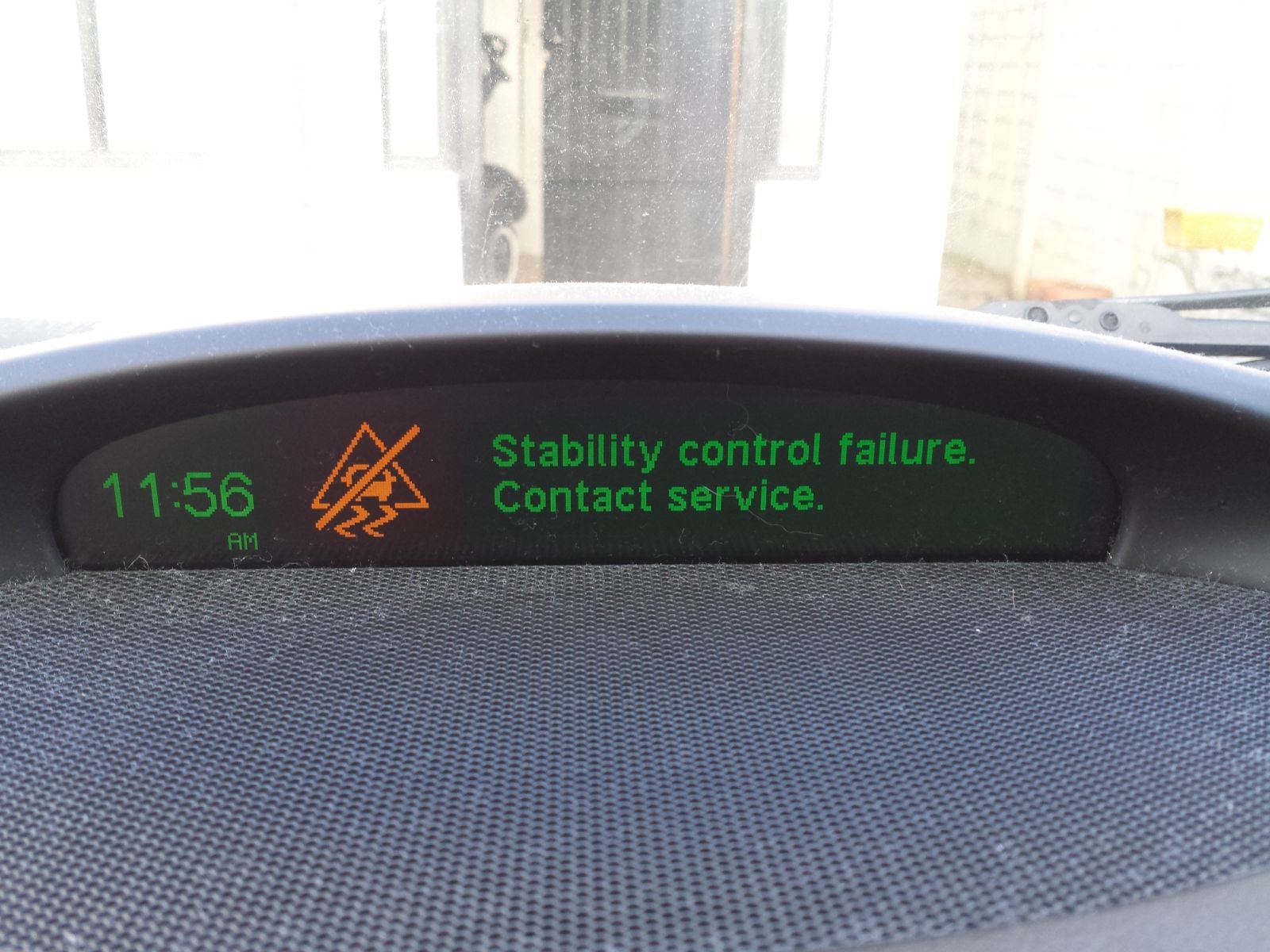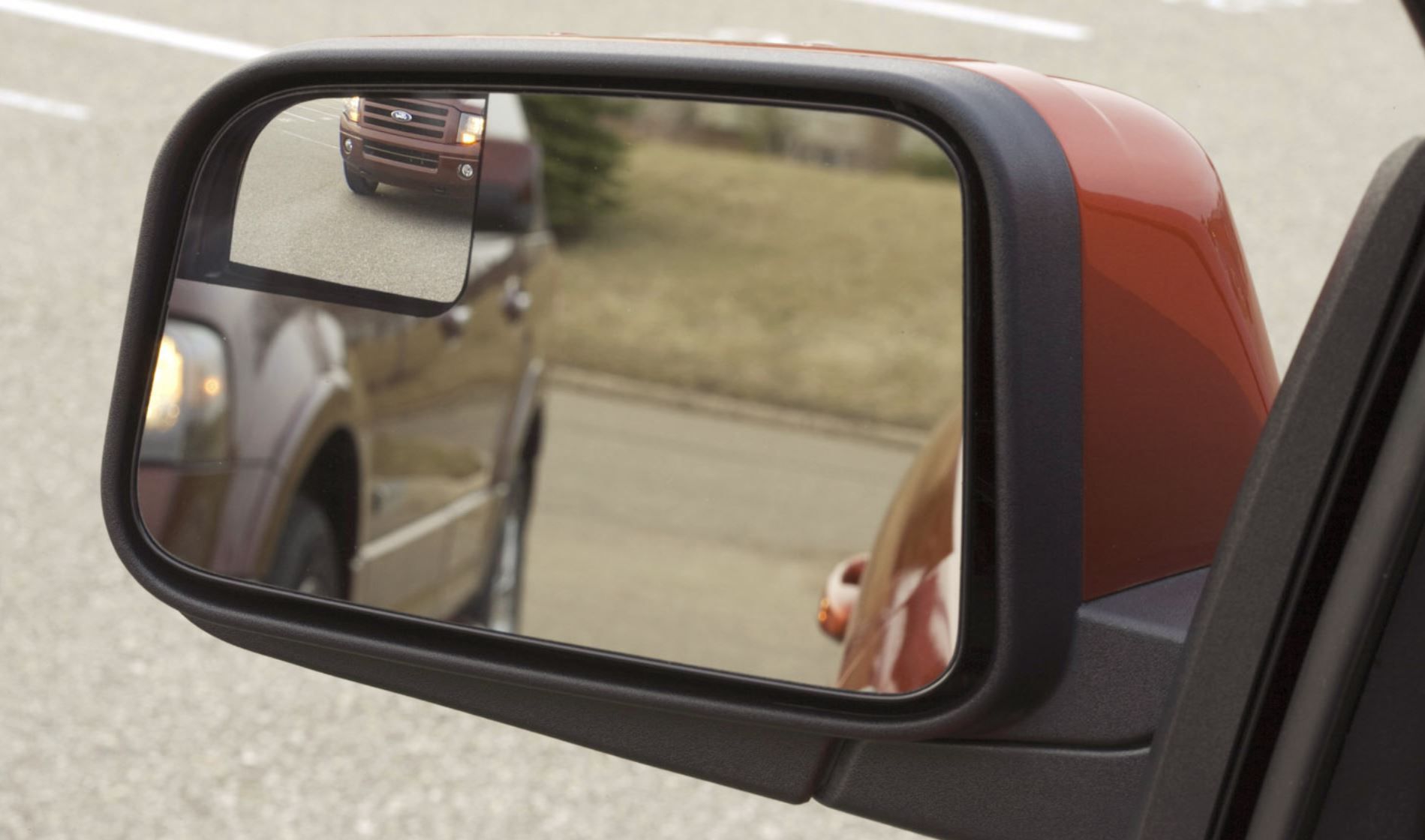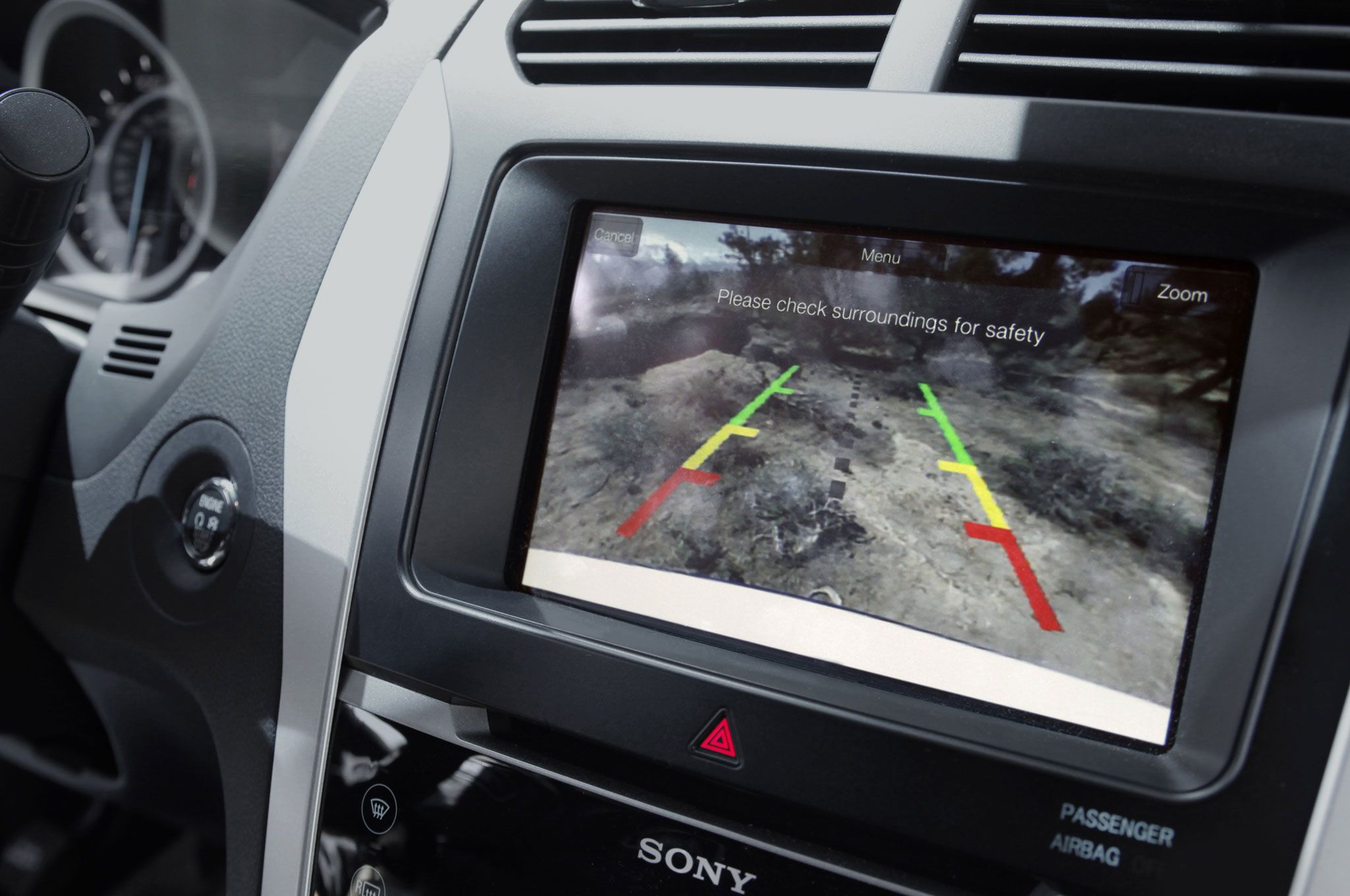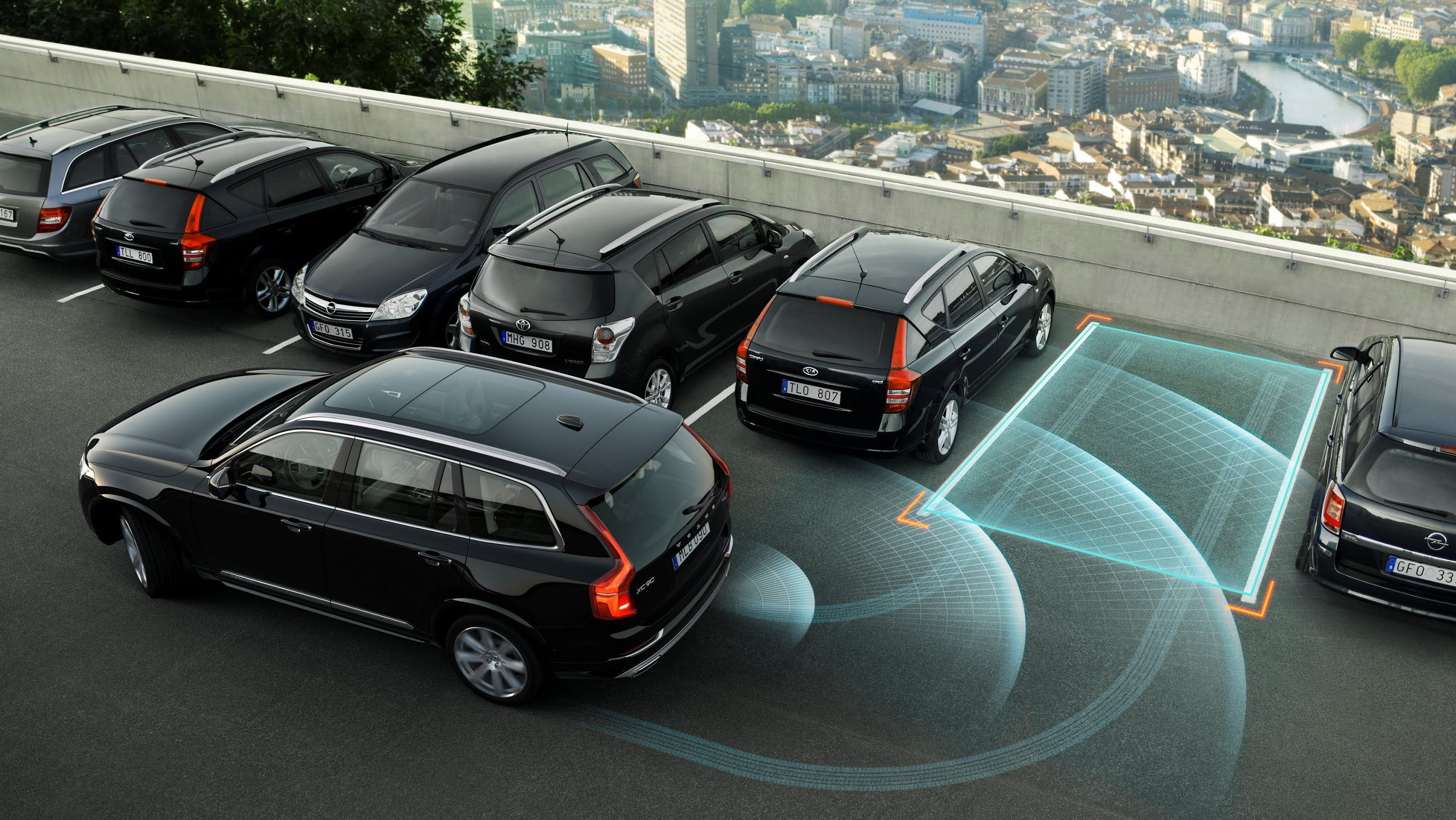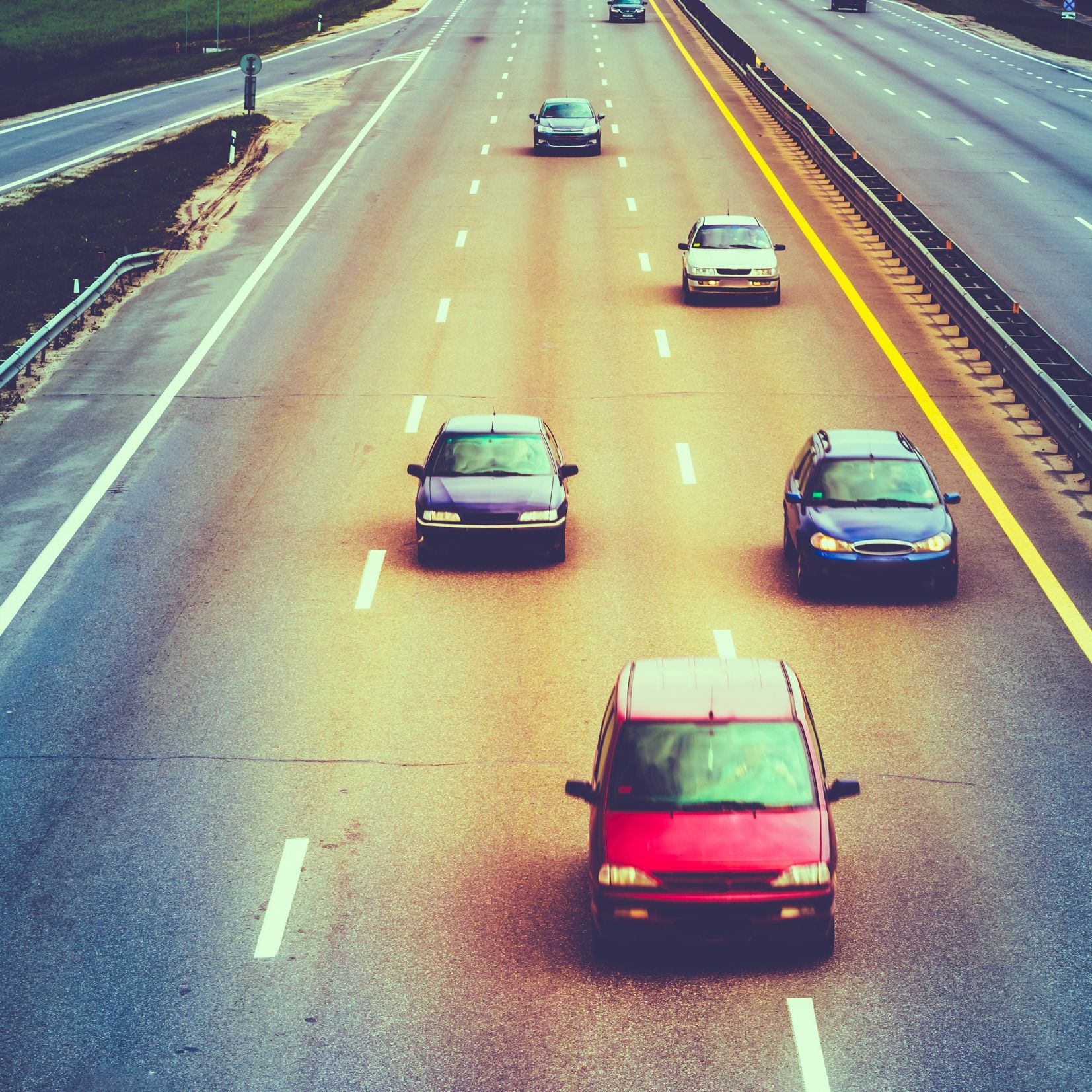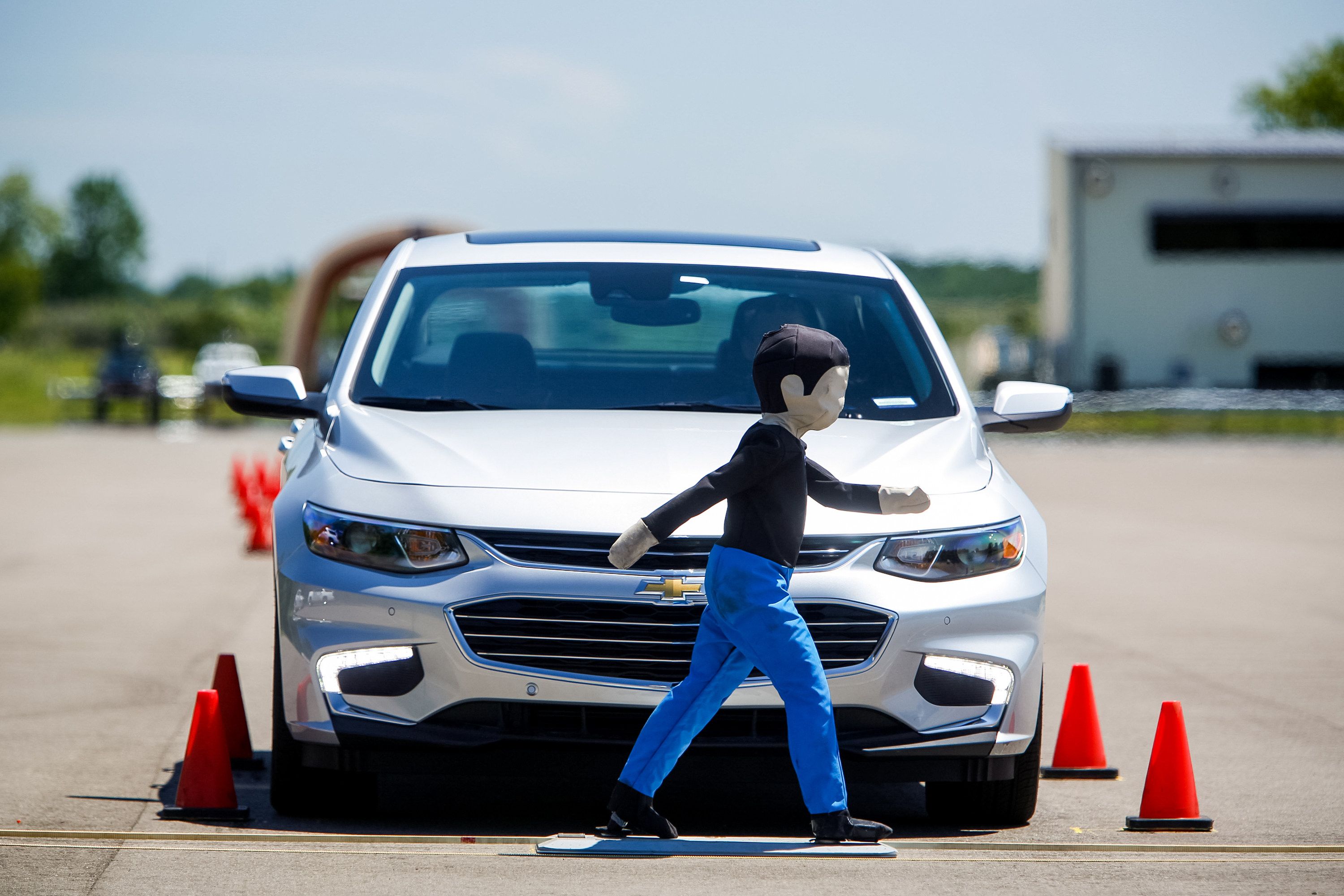The car modification industry is currently worth $800 billion worldwide, with more and more motorists every year spending big bucks to make cosmetic and engineering changes to their vehicles. Some of these mods are high-tech, especially those which are designed to improve driver safety, although not all of them are actually worth the money.
Many of the most important safety features have been around for decades, and are legally required in all new cars, and perhaps in time, some of these new technologies will become just as widespread, but for now, if drivers only have a limited amount of cash to spend on new safety innovations for their car, then some of these mods are just a waste of money.
However, some of these new innovations are already proving to be worth every cent, making roads safer and saving the lives of drivers and their passengers. The trick is trying to figure out whether a safety feature is useful or is just a waste of money, especially when you are being pressured into paying for one as an extra by a car salesman!
The list below should help motorists to figure out whether safety features that have been around for years are still useful, as well as whether newly developed technological advances are going to be worth the investment if you own an older car.
18 Cash Grab - Adaptive Cruise Control
Cruise control has been a standard on cars in the US for many years, allowing drivers to set a constant speed while on the road, although it is not usually thought of as a safety feature, but as more of a saving device for drivers.
Adaptive cruise control (ACC), however, could be a useful safety feature, as it allows vehicles to slow down and speed up in order to keep pace with the traffic. It scans the road ahead for other vehicles and adjusts your own car’s speed accordingly. Studies have found that ACC reduces drivers’ reaction times, and means that they can have less control over their vehicle, particularly when overtaking.
17 Cash Grab - Rear Cross-Traffic Alert
A rear cross-traffic alert is an expensive safety modification which is really only of use in one very specific set of circumstances; when you are reversing out of a parking space, or perhaps out of a side street, and can’t see whether there is any traffic coming because of other parked cars.
Yes, parking lots have more than their fair share of fender benders, partly because of obscured vision, but also because drivers are so busy looking for space, they often run right into the back of the car in front. And a rear cross-traffic alert isn’t going to fix that problem!
16 Cash Grab - Driver Alertness Monitoring
Most motorists never have any problem with driver fatigue, as they only ever make short journeys, usually commuting to work or driving the kids to school. So installing driver alertness monitoring, which is designed to detect if a motorist is falling asleep by observing the car’s position in the lane and steering patterns, while more advanced systems even monitor the driver’s brain activity and heart rate, as well as using facial recognition software to see if their eyes are starting to close.
As you can imagine, a system like this doesn’t come cheap, and would really only be of any use to truck drivers or those who travel long distances for work.
15 Cash Grab - Head-Up Display
At first glance, the head-up display looks like something out of a science fiction movie; it is certainly reminiscent of the Terminator’s hi-tech view of the world! Basically, installing a head-up display in your vehicle allows you to project of key facts and figures onto the bottom of the windscreen so that you don’t need to look down at the dashboard to check your speed.
Of course, it doesn’t take a motoring genius to figure out that this set-up can be very distracting to drivers until they get used to the new display, and while glancing down at the dashboard may mean you are looking away from the road for a second, a head-up display is an expensive and unnecessary alternative.
14 Cash Grab - Night Vision
Similarly, night vision cameras which display on screens inside the car may look cool, and make you feel like you’re a Marine on maneuvers, but does it actually improve safety, or does it just become a distraction?
Yes, it might help you see further in the dark, but given that night vision cameras are not always the clearest, drivers can struggle to identify what they’re actually seeing. Plus, anyone driving in the opposite direction with their high beams on is going to dazzle your night vision camera and put it out of action for a few seconds. This is nothing more than a gimmick, and a costly one at that.
13 Cash Grab - Facial Recognition Software
Many people are already familiar with facial recognition software, as some cell phone companies have introduced it as a means of unlocking your devices. Car manufacturers have also taken note of developments in this area, and it is now possible to fit the same software to your car so that the doors will only unlock or the engines only start for your face.
How this works if you ever want to lend your vehicle to a friend is just one problem with splashing this cash on this safety feature, the other being that no security measures seem able to stop car thieves for long, and facial recognition is no match for a smashed window.
12 Cash Grab - Voice Commands
Drivers can already use voice commands to give instructions to cell phones that are connected to the car by Bluetooth, making it safer to send texts or make calls while driving. There are some in the automotive industry who would like to see voice commands go even further, and allow them to be used to switch on everything from headlights and turn signals to windscreen wipers and air conditioning.
The theory is that anything that allows drivers to keep their eyes on the road improves safety, but as many people who own voice command devices at home will tell you, they are not always the best at understanding what their owners are trying to say…
11 Cash Grab - Speed-Limiting Technology
Speed-limiting technology is already utilized in the trucking industry and is actually widely used to ensure that truck drivers stick to the speed limit. While speed is undoubtedly a factor in many accidents, paying to have such devices installed in your car is only worth the cash if you have a serious problem with driving too fast.
If you have picked up several speeding tickets for example, then speed-limiting technology could help you keep your license – as well as keeping other road users safe when you’re behind the wheel! For drivers who spend most of their commute stuck in gridlock, however, speed-limiting devices could just seem like a bad joke.
10 Cash Grab - Seat Belt Reminder
Most modern cars have been fitted with seatbelts for decades now, and for the vast majority of drivers and passengers, putting on a seatbelt when you get into a vehicle is just second nature. Many cars also come with a built-in seat belt reminder; a quiet alarm which sounds when the seat registers the weight of sitting down but that the seat belt hasn’t been fastened.
There are more advanced versions of this technology, including sensors for rear seats, and even sensors which sound an alarm when a belt is unbuckled during a journey. Given how routine most car users find it to put on their safety belts, spending money on such technology is a bit of a waste.
9 Cash Grab - Adaptive Headlights
The final safety modification that is nothing more than a cash grab by vehicle manufacturers and car salesmen is adaptive headlights. These are not headlights which come on automatically when it starts to get dark – which are actually a very good idea, and which are now fitted to many new cars – but headlights which redirect their beam depending on which way the car is turning.
They are said to be useful if you do a lot of driving on rural roads, which tend to be darker and have more twists and turns than those in the city, but even so, ordinary headlights do a perfectly good job if lighting the way for most drivers.
8 Need - Side Airbags
Unlike front airbags, there is no legal requirement for new vehicles to have side airbags installed; safety features which protect both driver and passengers from side impact crashes and reduce the likelihood of injury. However, many new cars have side airbags as a matter of course, as car manufacturers know how important safety is to drivers.
If you want to ensure that you and your family are safely cocooned in the event of a collision, then choosing side airbags as an extra at the car lot or having them installed as an aftermarket modification, could be a great use of your cash.
7 Need - Anti-Lock Braking
Anti-lock braking systems, sometimes shortened to ABS, has been around since the 1970s, and now comes as standard on most new cars. The system works by using wheel speed sensors to detect if one of the vehicle’s wheels is locking up during braking, and if this happens, hydraulic valves can reduce the braking on that wheel, reducing the chance that the driver is going to lose control, as well as improving handling and maneuverability.
In the unlikely event that your vehicle doesn’t have ABS, get a new system installed as soon as possible, and make driving both easier and safer.
6 Need - Electronic Stability Control
Another great safety feature which makes driving both safer and more enjoyable is stability control, and electronic stability control (ESC) systems use technology and computers to make vehicles more stable by detecting when the car is going into a skid or losing traction on the road surface.
If instability is detected, then an ESC system will automatically apply the brakes and help to guide the vehicle to a safer road position. Some of the most advanced ESC systems can even reduce power to the engine until the driver has regained full control, to help keep the car and its passengers out of trouble.
5 Need - Blind Spot Detection
Any learner driver can tell you how important it is to keep an eye on your blind spot when you’re behind the wheel. While using mirrors is hugely important, and allows drivers to see most of the road behind and alongside them, there is always one spot that is completely invisible to drivers, unless they physically turn in their head, which isn’t always possible.
Car manufacturers are starting to use advances in camera technology to create blind spot detection devices, which will sound an alarm if you start to make a maneuver that could bring you into collision with a vehicle you might not be able to see.
4 Need - Back-Up Camera
Increasingly, new cars are already fitted with back-up cameras, which allows drivers to see what is behind them, without having to rely on their rear-view mirror – or a friend - to guide them into a parking space! Reverse parking is simplicity itself when you can see at a glance where you are going, and how much space you have, while back-up cameras can also prevent damage to the car by helping motorists to see unexpected obstacles behind them.
Installing a back-up camera isn’t that difficult or expensive, and is well worth the investment if your older car doesn’t have one.
3 Need - Parking Assist
However, if you can’t afford to get a full back-up camera installed then there is at least a cheaper Plan B which drivers can choose instead. Parking assist using sensors to warn drivers when they are getting close to an obstacle while reversing, whether that is the wall of a parking lot or another vehicle.
It may not give you the full view of a rear-facing camera, but it can at least prevent a few fender benders and save the paintwork of your car. Best of all, it only costs a few hundred dollars to fit the sensors and is one safety feature that is definitely value for money.
2 Need- Lane Departure Warning
Automotive technology all seems to be heading towards autonomous vehicles, which don’t even require the driver behind the wheel to do anything other than ensure that the machine does what it’s supposed to! Even though the world is not quite ready for fully-automated vehicles, it is possible to cherry pick elements of the technology for individual safety features which can keep drivers and other road users safe.
For example, systems which detect when a vehicle is moving out of its lane is part and parcel of autonomous vehicles but is a simple way of helping to stop drivers fall asleep at the wheel.
1 Need - Auto-Braking
Automatic braking systems is another one of those innovations which has come out of the development of self-driving cars, but which has become a safety feature in its own right. It uses the same sensors that are used in features like adaptive cruise control to check if the road up ahead is clear, and if the sensors detect a stationery item, and if the driver doesn’t respond, then the auto-braking can take over.
As with any relatively new technology, there are a few teething problems, but this is one autonomous driving feature which could well become a hit as a safety device and is worth splashing the cash to reduce the risk of collisions.
Sources - Auto Trader, CarKeys, Extreme Tech, Car Wow

